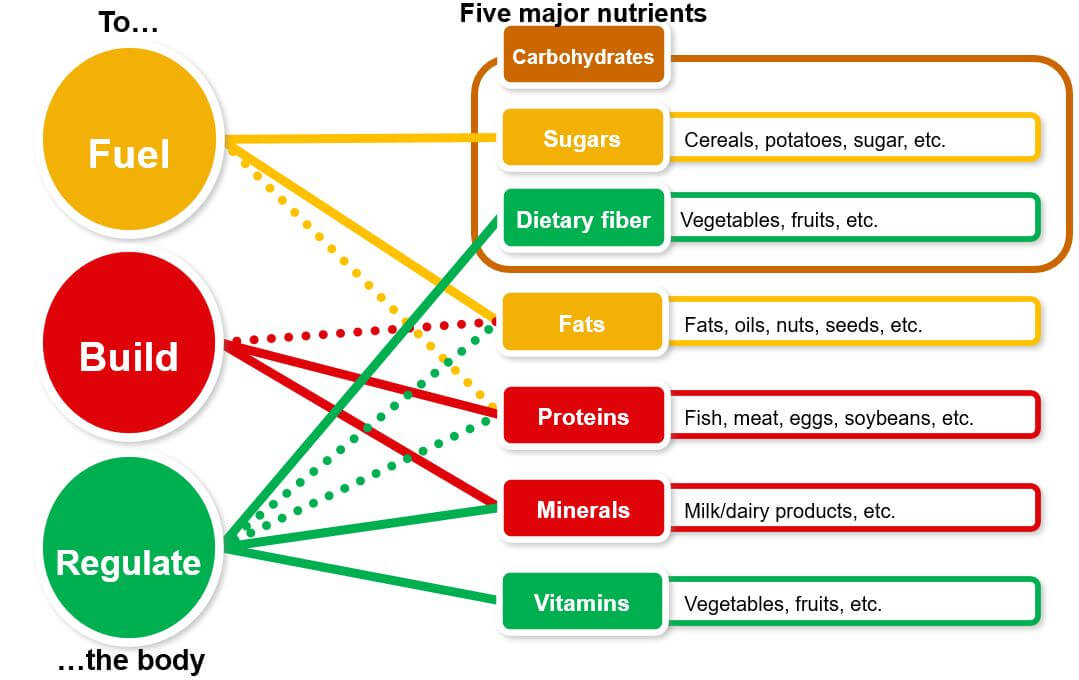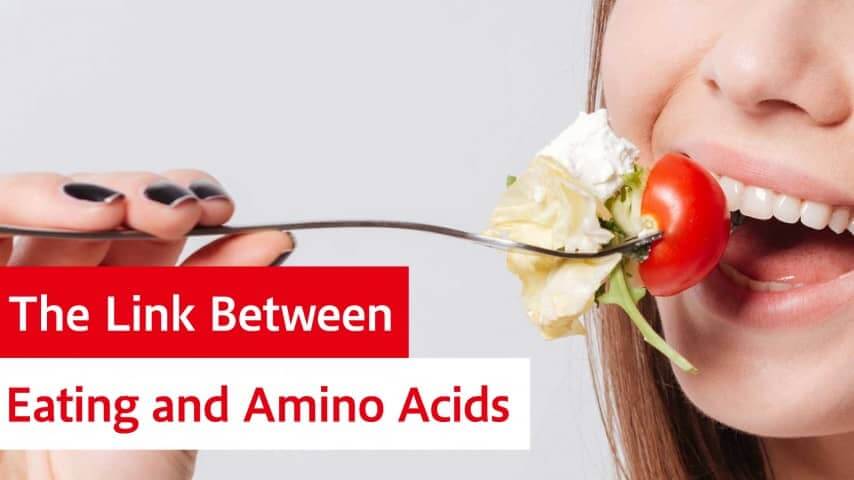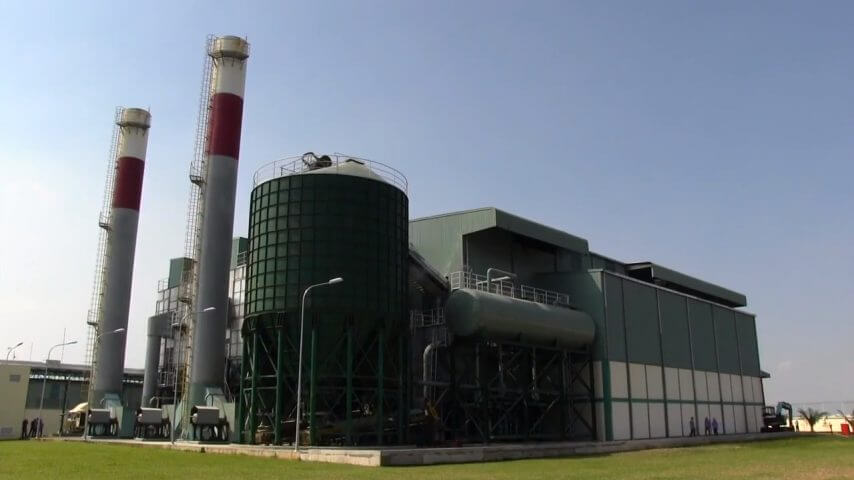The Power of Plant Proteins for Health and Sustainability
Table of Contents
Why Plant Proteins Deserve Your Attention
If you’ve ever wondered about the buzz surrounding plant-based protein, you’re not alone. The world is waking up to the remarkable potential of plant proteins.
Protein is made up of amino acids, which are the building blocks of life, essential for building muscles, bones, skin, and regulating vital bodily functions. Protein is not just about strength; it’s about overall well-being.
There are two primary sources of protein: animal and plant-based. While animal proteins come from sources like meat, fish, and dairy, plant proteins hail from beans, grains, vegetables, and more.
The spotlight is shifting towards plant proteins for their health and environmental advantages.

Example foods containing the five major nutrients
Plant Protein vs Animal Protein: Healthier and Kinder to the Planet
1. A Heathy Choice: Plants bring more to the table than just protein. Many are loaded with potassium, vitamin C, dietary fiber, phytochemicals, and other essential nutrients and may be digested and absorbed more slowly, increasing the sense of satisfaction and thereby perhaps mitigating overeating. In contrast, although rich in necessary micronutrients, animal protein sources like meats often contain excess fat and calories, which can lead to health issues with excessive consumption.

Example protein content of various plants
2. Planet-Friendly: Livestock farming for meat has a substantial environmental impact, consuming vast amounts of land and water while contributing to greenhouse gas emissions. On the other hand, growing plants places a significantly lower burden on the planet, making plant proteins a sustainable choice for conscientious consumers.
The Amino Acid Puzzle
Amino acids are the puzzle pieces that make up proteins in our bodies. Out of the 20 different amino acids in the human body, nine are classified as essential, meaning they cannot be produced by our bodies and must be sourced from our diet. However, plant proteins, unlike animal proteins, often have limitations in providing all essential amino acids.
For instance, plant proteins tend to be lower in lysine and methionine compared to animal proteins1. Grains also lack threonine, while corn is deficient in tryptophan1. This underscores the importance of balance when relying on plant proteins for nutrition.
1 From information published online by the “American Society for Nutrition”
Plant Protein Sources: A Balanced Approach
To maintain a well-rounded diet, it’s crucial to combine different sources of protein. For example, rice protein is low in lysine but abundant in soybeans, which compensate for this deficiency. Conversely, soybeans are low in methionine but rich in rice protein, creating a complementary relationship. Rice and soybeans can be a great pairing.
Balanced nutrition might involve incorporating animal proteins like eggs, meat, and fish alongside plant-based proteins to ensure an adequate intake of essential amino acids.
Enjoying Plant Protein Foods
While plant proteins are nutritious, some may have distinctive tastes and textures, and others might be less soluble and harder to digest. So it’s essential to prepare plant proteins in a way that enhances their flavor and palatability. The key is to get creative with your cooking and presentation.
The Ajinomoto Group produces ingredients that deliver umami – or savory deliciousness – to plant-based products which is critical for creating the desirable meaty characteristics that consumers want. Making plant-based foods taste better helps promote the enjoyment of foods that people should be eating more of.
In summary, plant proteins are gaining recognition for their health benefits and environmental friendliness. Many essential amino acids can be obtained from plant sources, especially when you carefully balance your diet. Combining proteins from rice and soybeans is just one example of how you can optimize your nutrition. For some individuals, incorporating some animal proteins alongside a base of plant proteins ones can provide a well-rounded and comprehensive diet. And let’s not forget the importance of imaginative cooking to make plant-based meals truly delightful!
Find out more
Content you may like

What Are Amino Acids? Essential Nutrients for All Life
Amino acids are organic compounds that make up proteins and are the source of our very life. This article provides an overview of amino acids, ...

How Amino Acids Can Solve the World’s Health and Nutrition Challenges
These days we hear a lot about amino acids. But many of us probably don’t understand how they work or their link to human health. ...

How Amino Acids are Made
What are amino acids made of?Amino acids are chemical compounds whose molecules contain a basic amino group (-NH2) and an acidic carboxyl group (-COOH).Amino acids ...
